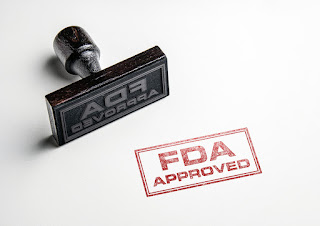Prescription painkillers, heroin, and synthetic opioids like fentanyl continue to be a scourge on society. Addiction rates have only gone in one direction for what is now two decades, despite the fact that is more difficult to acquire certain prescription drugs, at least from doctors. The need for expanding access to addiction treatment services is significant; those who cannot access care are unlikely to find recovery on their own. What’s more, due to the extreme physical dependence that accompanies opioid use, without assistance withdrawal symptoms are usually too much to handle.
When people attempt to detox or begin a program of opioid use disorder recovery on their own, they typically experience extreme discomfort. There are myriad side effects that accompany opioid detoxification, including nausea, diarrhea, stomach cramps, muscle spasms/twitching, ague, muscular tension, aches and pains, yawning, and insomnia. Without medical assistance, the side effects of withdrawal are often too severe for an individual to manage. Coupled with extreme cravings, it is no wonder why OUD relapse rates are so high. Merely stated, relapse is almost a foregone conclusion of abstaining from opioids without help.
Fortunately, there are a few medications that can significantly help people with an opioid use disorder begin the journey of recovery. Some of the meds you have probably heard of, and if you have gone through treatment for OUD, then it is likely you took some of the available medications, such as methadone, buprenorphine, and naltrexone. Addiction treatment facilities do not rely on methadone as much as often as they once did, opting instead for Suboxone (buprenorphine and naloxone). While Suboxone is useful and helps people manage acute withdrawal symptoms, if taken over an extended period the drug is habit-forming. It is vital the those who take the medication, do so with medical supervision.
Non-Opioid Treatment for Opioid Use Disorder
Drugs like buprenorphine are a real lifesaver for anyone caught in the vicious cycle of opioid use disorder. While Suboxone can and does help people get out from under active addiction, the medication is not a panacea. One of the chief complaints about buprenorphine is that some people abuse the drug and if dependence on the drug arises, suboxone withdrawal can be challenging to overcome. It is safe to say that there has long been a need for a medication that can help people withdraw that doesn’t carry the same risk of dependence as the narcotics one is attempting to stop using. With that in mind, researchers continue to seek out such a drug.
Yesterday, the U.S. Food and Drug Administration (FDA) approved the drug Lucemyra (lofexidine hydrochloride), according to a press release. The drug is a selective alpha 2-adrenergic receptor agonist that reduces the release of norepinephrine; research shows that Lucemyra mitigates opioid withdrawal symptoms. The findings come from two randomized, double-blind, placebo-controlled clinical trials of 866 adults meeting the criteria for opioid use disorder.
“Today’s approval represents the first FDA-approved non-opioid treatment for the management of opioid withdrawal symptoms and provides a new option that allows providers to work with patients to select the treatment best suited to an individual’s needs,” said Sharon Hertz, M.D., director of the Division of Anesthesia, Analgesia and Addiction Products in the FDA’s Center for Drug Evaluation and Research.
Researchers found that Lucemyra, taken orally, was beneficial to those detoxing from opioids, the press release reports. More research is required to determine if Lucemyra can help children or adolescents less than 17 years of age, or babies with neonatal abstinence syndrome.
Opioid Use Disorder Treatment
If you are struggling with opioid use disorder, please contact Hope By The Sea. We can help you begin the process of recovery and provide you with the tools for achieving lasting progress.


